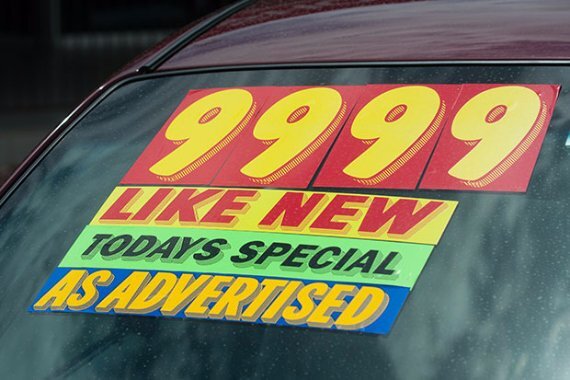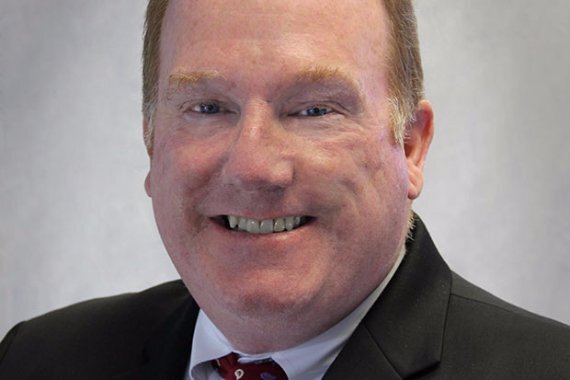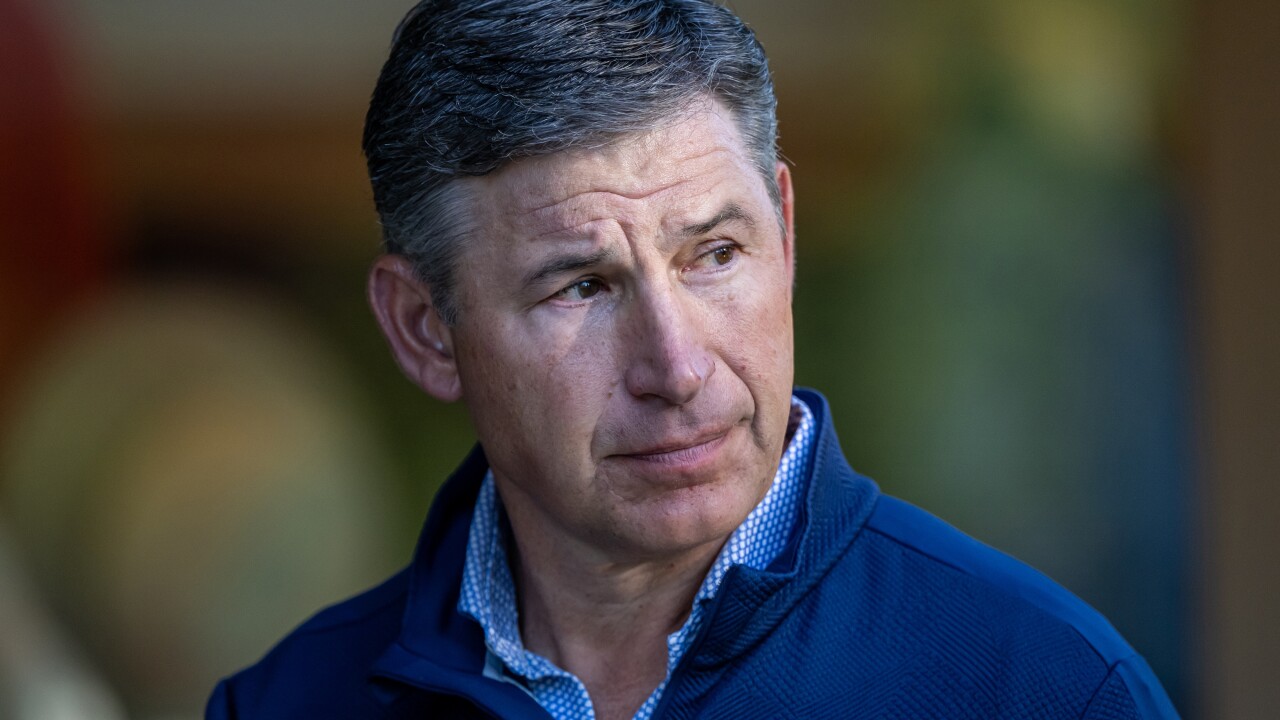

Frank Rinaudo, SVP at GrooveCar
"There are two opportunities that we're impressing upon our credit unions. First and foremost is leasing," Rinaudo offered. "New car automobile leasing was the highest it's ever been on record in 2016. Over one-third of all new cars sold throughout the country were leased, which is a tremendously high number Where we're based out of in the New York metro area, new car leasing is anywhere between 60% 70% of all new cars sold. You have areas like the east coast, New York metro, New Jersey, parts of Massachusetts, South Florida, Southern California anywhere between 50% 70% of all new cars are leased."

Used Car, New Opportunity
"I would caution credit unions, because I see a lot of banks getting into near-prime and subprime lending. If you don't have the expertise in that field, I would caution credit unions to say away, because the losses can be great if you don't have the expertise."

Karen Casler, compliance manager and product development manager at CASE CU, Lansing, Mich.
CASE CU, Casler noted, has been helping members who are looking for a newer car, but cannot afford the payment. "CASE has initially offered the 'Responsible Rides' [RR] program to those who do not qualify due to high [payment terms] if they cannot qualify for a traditional auto loan we move them over to the RR program at a payment [plan] they can afford."

Keeping Risk in Mind
"Again, we have special collectors who are [keeping in touch with] the RR members regularly to assure they are on track. This will help them improve their credit standing for their future."
She recommended that if credit unions want to wade into the subprime auto loan pool, they have to determine their own risk tolerance levels, based on their financials and ability. "It is a very individual determination [for] each credit union," she said. CASE has intentionally kept the subprime auto loan growth trajectory slow "to ensure we are helping our members and protecting the credit union from undue risk. We have not yet advertised the product, but intend to start advertising in the New Year with our community partners."

Jason Laky, Senior Vice President-Automotive & Consumer Lending Business at TransUnion

Brien Joyce, VP, EFG Companies
As part of this trend, Joyce said EFG has seen its credit union partners utilize consumer protection products, such as vehicle return protection, and vehicle service contracts on a 12-month complimentary basis as a marketing tool to increase auto loan growth. Subsequently, he said, credit unions capitalize on this offering to generate revenue via full loan-term upgrades.
"Credit unions have taken note of the significant competitive and profitability advantages consumer protection products provide, and are investigating the best ways to implement them. This includes an expanded investment in loan officer training and member outreach," Joyce observed. "In 2017, I would expect an upgrade in the overall skillset of credit union loan officers to close more auto loans, as well as an increased reliance on competitive consumer protection products to differentiate their offerings. This will inevitably help credit unions close more direct auto loans."





